Image Quality
As we get to image quality, let’s remind ourselves that this is a consumer-grade 400mm telephoto zoom that costs $650. And that brings us to the next surprise: This lens is pretty darn good optically.
Sharpness
The biggest knock on the RF 100-400mm is it’s fairly slow maximum aperture, which starts at f/5.6 at 100mm, starts to close down to f/6.3 by 120mm, f/7.1 by around 160mm, and f/8 from 260mm and longer. With these slower apertures, it is critical that the lens perform well at or very close to the maximum aperture, and I’m glad to report that it does. The RF 100-400mm shows very good to excellent sharpness across the majority of the frame at all focal lengths, right from the maximum aperture. There is some minor softening at the edges and corners, but even these maintain very good levels of resolution when shooting more distant subjects. The lens is softest at 400mm, but even at 400mm and f/8, sharpness is on good to very good levels. Stopping down generally doesn’t do a whole lot to affect sharpness, save for the softening effects of diffraction at very small apertures. Click here for a 100% crop of the top edge of the shot below, taken at 400mm and f/8.
The lens can focus as close as 88cm, which produces a very useful 0.41x maximum magnification. This isn’t into true macro territory, but will provide plenty of magnification for larger insects like butterflies or other small objects. Sharpness near minimum focus distance is still good in the central part of the frame, though not quite as sharp as it is when focused further away. Also, the edges perform worse at these closer distances, and as such the edges and corners are soft when shooting very close subjects. Still, a decent performance here. If shooting closer up at 400mm, stopping down to f/11 can give you a small boost in resolution and contrast.
I do want to mention one thing as an advisory item. Like a lot of long lenses, the RF 100-400mm can be quite sensitive to filters, especially when shooting near 400mm. I was using a mid-range Hoya HMC polarizer that I’ve owned for years and used hundreds of times without issue, and I noticed that the lens was completely incapable of producing a sharp image at the long end. I thought something was wrong with the lens. Then I took the filter off and was greeted with beautifully sharp images. Putting on a different polarizer yielded some very minor softening, but was a significant improvement. So word to the wise: make sure you’re using high quality filters if you choose to use one with this lens.
Bokeh
While the 100-400mm f/5.6-8 is not exactly a fast lens, the long focal length means that it is capable of isolating subjects and blurring the background. Here too, the 100-400mm puts in a surprising performance. In most situations, I found the bokeh from the lens to be very pleasing, with soft falloff and a general lack of nervousness. There can be the slightest inner ring at the edge of specular highlights, but that’s about all I have to complain about. It’s not the creamiest bokeh of any lens, but consumer telezooms often perform quite poorly with regards to bokeh, so it’s very nice to see some attention paid to this part of the rendering.
Color, Contrast and Chromatic Aberration
The RF 100-400mm provides images with good color and contrast, but nothing out of the ordinary for modern Canon glass. Stopping down does little to contrast throughout the range, and it doesn’t really need to.
The lens produces a moderate to high amount of lateral chromatic aberration throughout the focal range. Below is an example of the lateral CA that is present at the edges of the frame at 400mm. As with most lateral CA, modern RAW converters can easily correct for this. A crop of the corrected frame is shown on the right.
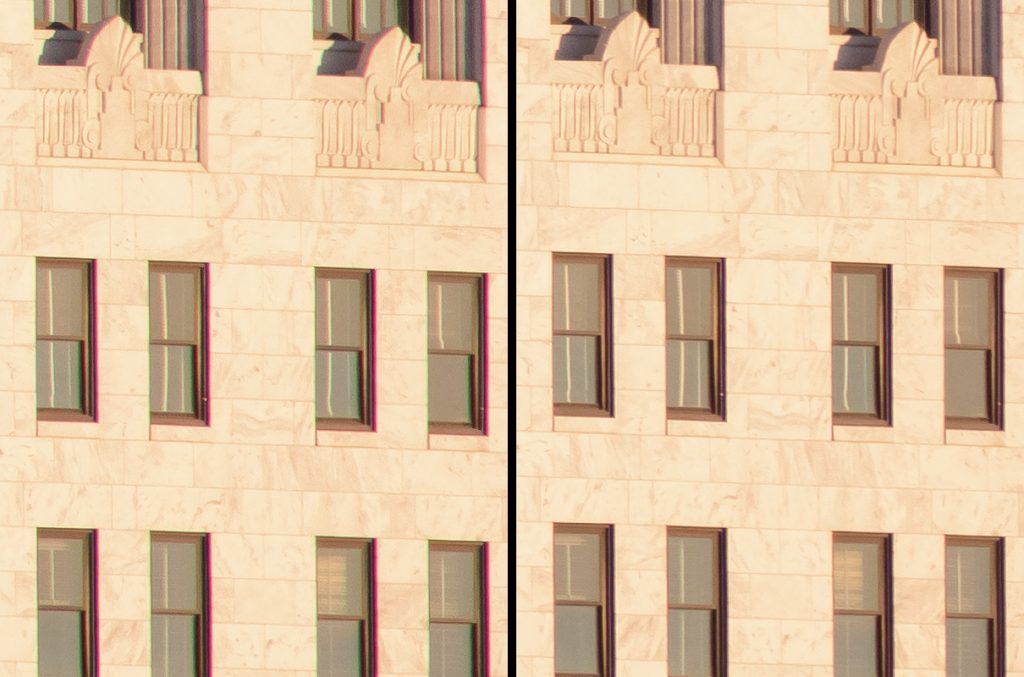
The 100-400mm shows a little longitudinal CA, with a green tinge on background objects and a purple tinge in the foreground, but it’s fairly well controlled. I found nothing really to worry about in that area.
Distortion, Flare and Vignetting
The RF 100-400mm f/5.6-8 shows a moderate amount of pincushion distortion that is present throughout the entire focal range. JPEG shooters or those using RAW converters with lens profiles won’t ever have to worry about it. The lens profiles in Adobe Lightroom and DxO PhotoLab correct this perfectly. As has been par for the course as of late, Capture One does not have a profile for the lens yet, and based on their track record on Canon RF lenses over the past year or two, I wouldn’t expect one until at least 2024.
The 100-400mm performs rather well against bright light, and flare is not much of a concern. There is a mild loss of contrast when the sun is near the edge of the frame, but even with the sun in frame, there is minimal ghosting and contrast loss. Very well done here.
The lens shows some vignetting throughout the focal range, which is worst at 400mm, but nothing too objectionable. RAW lens profiles or JPEG images can take care of it if you feel the need.
Overall, I was quite impressed with the optical quality of the 100-400mm lens. It’s not going to go toe-to-toe with Canon’s top-flight L zoom lenses, but it really only a small step down from those lenses. Good sharpness, decent bokeh, good flare control and only generally mild aberrations make this a lens that really performs well in its price class.

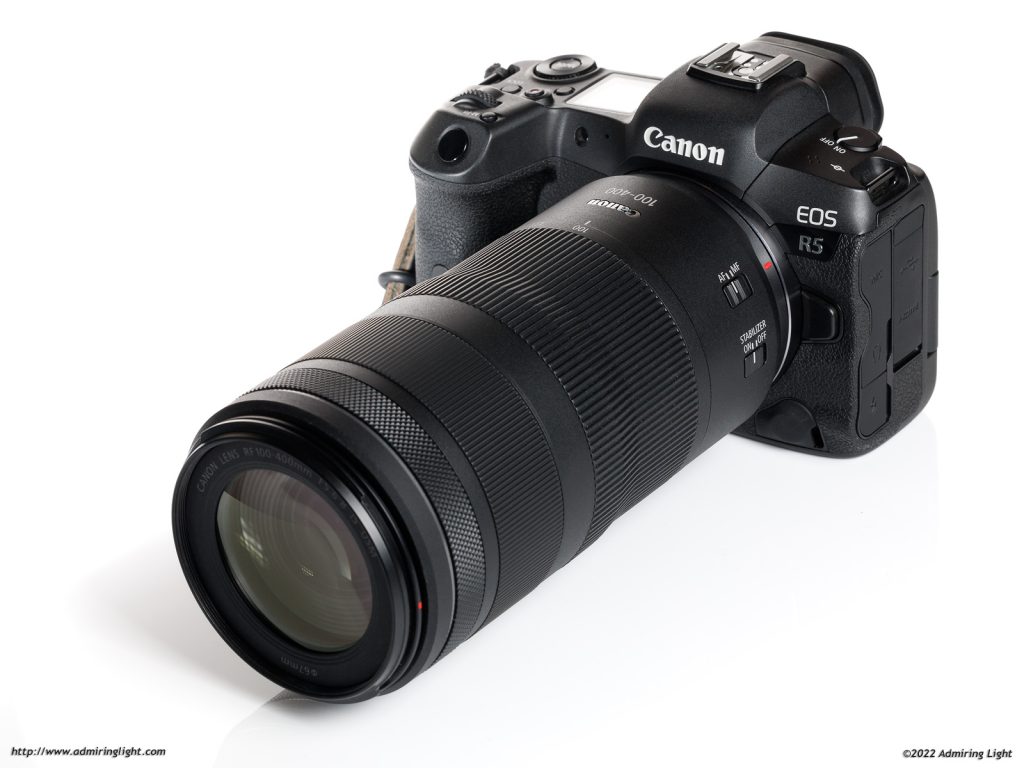

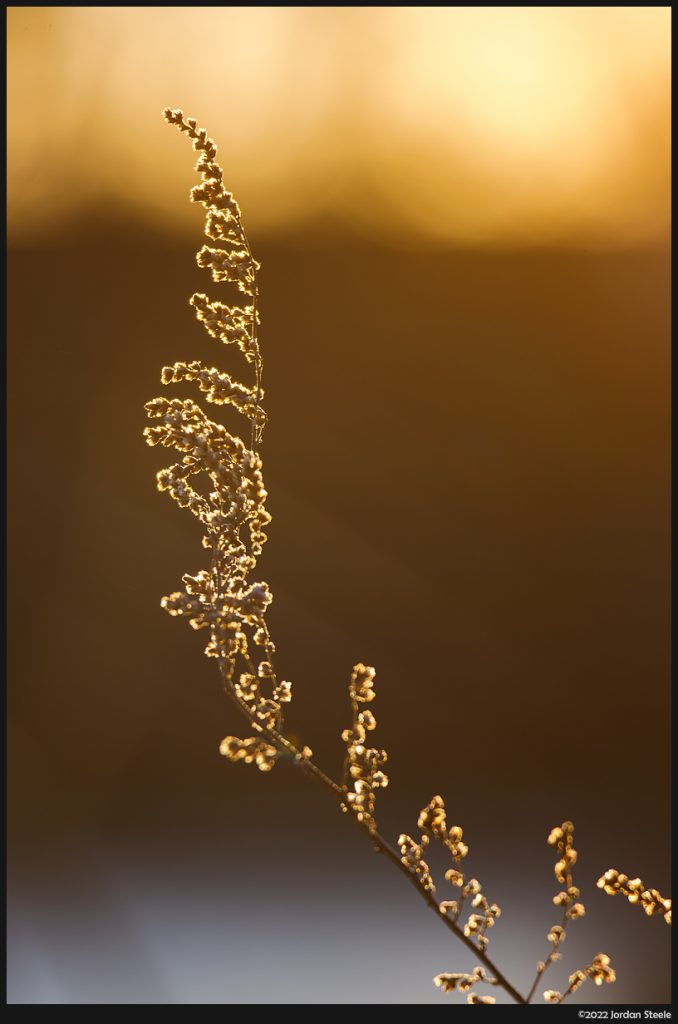

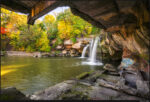

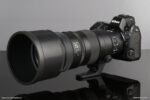
Leave a Reply